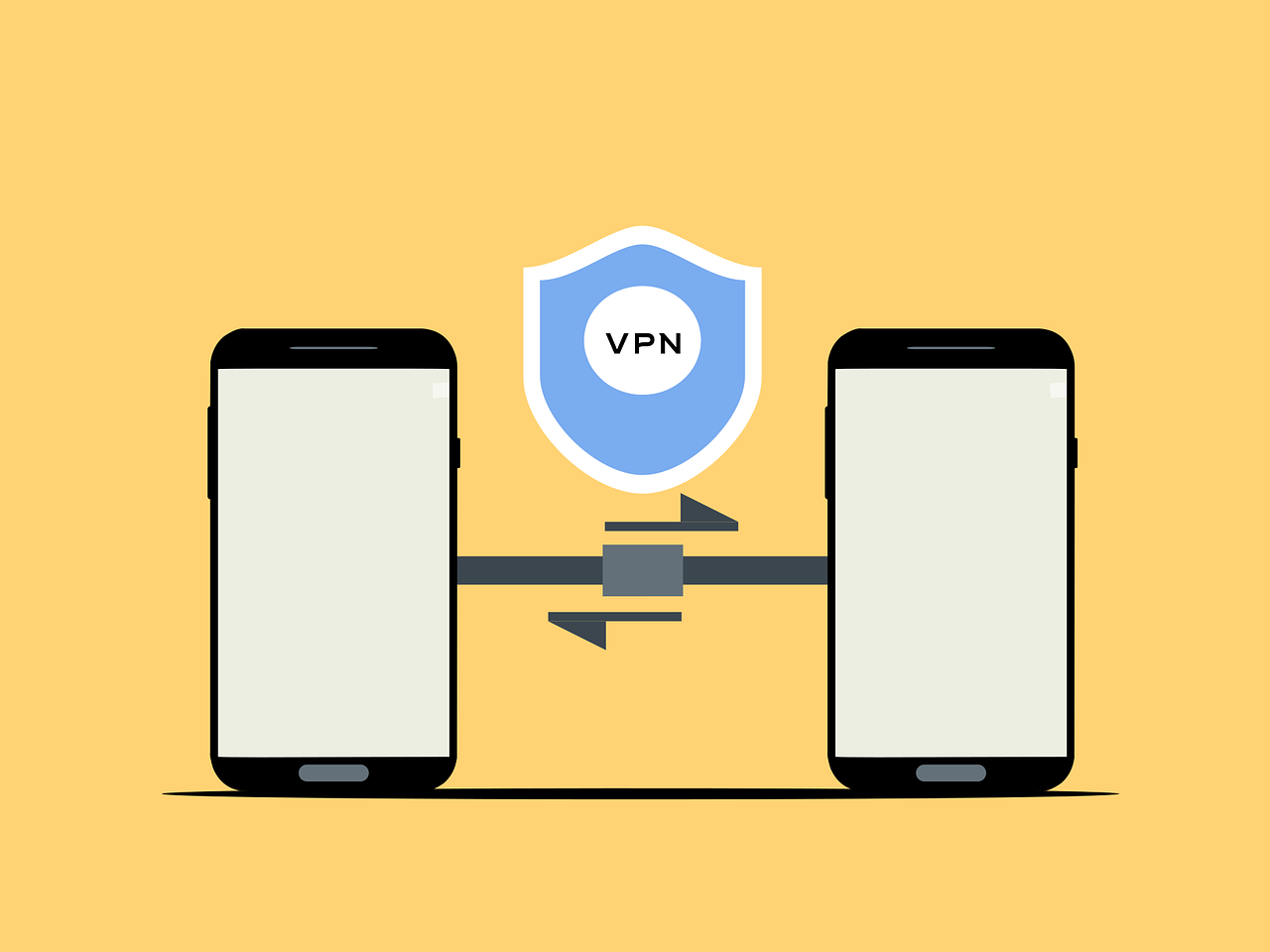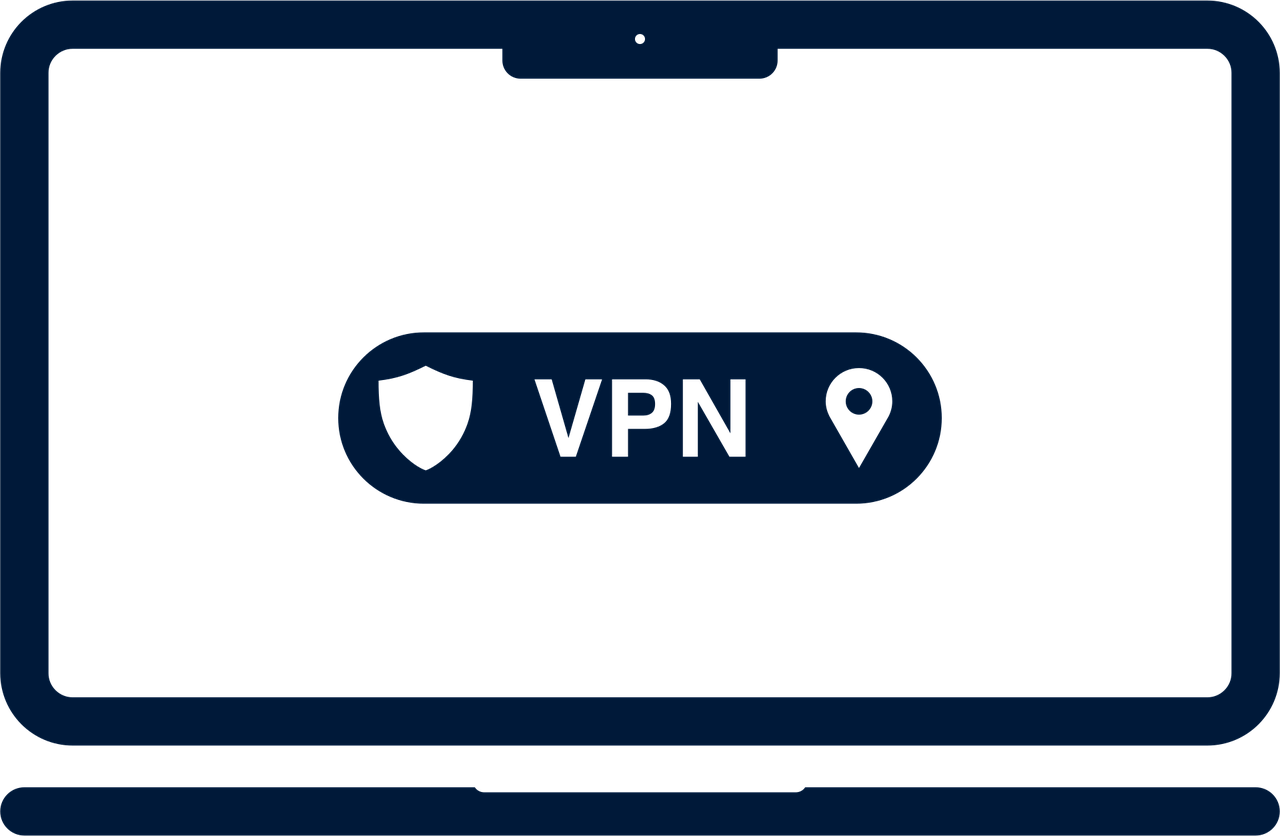How to Improve Your VPN Performance
How to Improve Your VPN Performance

Experiencing slow speeds or connectivity issues with your Virtual Private Network can be frustrating, especially when you depend on it for streaming, gaming, or remote work. Learning how to improve your VPN performance is essential for maintaining both security and productivity. This guide explores the technical factors affecting VPN speed and provides actionable solutions to optimize your connection for better reliability, reduced latency, and enhanced overall performance.
Understand the Factors That Affect VPN Speed and Stability
Before implementing specific optimizations, it’s crucial to recognize that VPN performance depends on multiple interconnected elements. Your network infrastructure, hardware capabilities, and software configuration all play significant roles. Understanding these factors helps you identify bottlenecks and apply targeted solutions rather than making random changes that may not address the root cause.
Network & Latency: How Distance and Routing Matter
The physical distance between you and your VPN server directly impacts connection speed and latency. Data packets must travel through multiple network nodes, and each additional hop introduces delay. Internet backbone routing efficiency varies by region and provider, affecting how quickly your encrypted traffic reaches its destination.
| Factor | Effect on VPN Speed | Mitigation Strategy |
|---|---|---|
| Server Distance | Increases latency, reduces throughput | Connect to geographically closer servers |
| Number of Network Hops | Each hop adds processing delay | Choose providers with optimized routing |
| ISP Peering Quality | Poor peering creates bottlenecks | Select VPNs with diverse network infrastructure |
| Backbone Congestion | Slows traffic during peak hours | Test connections at different times |
Protocols, Encryption & Overhead
Different VPN protocols impose varying levels of processing overhead, creating tradeoffs between speed and security. Modern protocols like WireGuard use streamlined cryptography and reduced code complexity, resulting in faster performance. Traditional protocols like OpenVPN, while highly secure and configurable, require more computational resources.
Protocol Comparison:
- WireGuard: Fastest, modern encryption, minimal overhead
- IKEv2/IPSec: Excellent mobile performance, good speed, stable reconnection
- OpenVPN UDP: Balanced speed and reliability, wide compatibility
- OpenVPN TCP: Most reliable but slower, better for unstable connections
- L2TP/IPSec: Outdated, moderate speed, limited security
Server Load, Bandwidth, and Congestion
Overloaded servers significantly degrade VPN performance. When too many users connect to a single server, available bandwidth gets distributed among all connections, creating congestion. Premium VPN providers typically display server load percentages in their applications, allowing you to select less crowded options. Servers exceeding 80% capacity often deliver noticeably slower speeds.
Device & Hardware Constraints
Your device’s processing power directly affects encryption and decryption speeds. Older computers, smartphones, or routers with weak CPUs struggle to handle the computational demands of VPN protocols. RAM limitations can cause buffering and connection drops, while outdated firmware may lack optimizations for modern encryption standards. Even powerful devices can experience slowdowns if thermal throttling reduces processor speeds during extended VPN sessions.
Interference from Other Software & Network Tools
Multiple applications competing for bandwidth or processing resources can severely impact VPN performance. Common interfering software includes:
- Antivirus programs performing deep packet inspection
- Firewall applications adding additional filtering layers
- Torrent clients consuming bandwidth in the background
- Cloud backup services uploading large files
- Browser extensions that route traffic through proxies
- VPN chaining or multi-proxy configurations creating redundant overhead
- Network monitoring tools capturing packet data
Quick Diagnostic Steps to Isolate the Issue

Systematic troubleshooting helps identify whether performance issues stem from your VPN, ISP, or local network. Following a structured diagnostic approach saves time and prevents unnecessary configuration changes.
Test Baseline Internet Speed Without VPN
Run speed tests both with and without your VPN active to measure the performance impact. Visit Speedtest.net or Fast.com with your VPN disabled to establish your baseline connection speed. Then activate your VPN and repeat the test. A 10-20% speed reduction is normal due to encryption overhead, but losses exceeding 50% indicate optimization opportunities.
Try Multiple Servers & Locations
Server selection dramatically affects performance. Test connections to servers at various distances—nearby locations typically provide lower latency but may have higher loads. Check ping times in your VPN application and choose servers with under 50ms latency for optimal responsiveness. Experiment with different cities within your preferred country to find the best-performing option.
Switch Protocols and Ports
Changing your VPN protocol can yield immediate improvements. If using OpenVPN TCP, switch to UDP for better speed at the cost of minor reliability reductions. Try WireGuard if available—it often doubles connection speeds. Changing ports can also help; port 443 (HTTPS) bypasses some ISP throttling since it mimics regular encrypted web traffic.
Reboot Devices & Network Gear
Simple restarts clear temporary issues affecting performance. Reboot your computer or mobile device to eliminate memory leaks and background process buildup. Power cycle your router and modem by unplugging them for 30 seconds—this clears routing tables and refreshes your connection to your ISP.
Practical Optimizations You Can Apply Immediately
These actionable adjustments deliver measurable performance improvements with minimal technical expertise required. Test each change individually to identify which provides the greatest benefit.
Use the Fastest Protocol Available
Prioritize lightweight protocols that deliver the best speed-to-security ratio:
- WireGuard (first choice for speed and modern security)
- IKEv2 (excellent for mobile devices)
- OpenVPN UDP (reliable fallback option)
- OpenVPN TCP (only when stability trumps speed)
Enable Split Tunneling or Bypass Less Sensitive Traffic
Split tunneling routes only selected applications through your VPN while allowing others to access the internet directly. This reduces VPN server load and preserves bandwidth for critical encrypted activities.
Applications to exclude from VPN:
- Local network printers and file shares
- Gaming platforms requiring low latency
- Streaming services if geo-unblocking isn’t needed
- Operating system updates and patches
- Video conferencing apps (if privacy permits)
Bind the VPN to Wired (Ethernet) Instead of Wi-Fi
Ethernet connections provide superior stability and lower latency compared to wireless. Wi-Fi suffers from signal interference, distance-related degradation, and shared bandwidth with other devices. If possible, connect your computer directly to your router via cable when using VPN for bandwidth-intensive tasks.
Optimize MTU / Packet Sizes & Padding Settings
Maximum Transmission Unit (MTU) determines packet size on your network. VPN encryption adds headers that can cause packet fragmentation if MTU is too large, reducing throughput.
| MTU Setting | Use Case | Expected Outcome |
|---|---|---|
| 1500 bytes | Standard Ethernet default | May cause fragmentation with VPN |
| 1400 bytes | Recommended for most VPNs | Balances efficiency and fragmentation |
| 1280 bytes | Conservative setting | Prevents fragmentation on all networks |
| 1492 bytes | PPPoE connections | Optimal for DSL users |
Disable Unnecessary Encryption Options or Compression
Some VPN applications offer advanced encryption toggles or compression features. While compression can theoretically improve speeds for text data, it adds CPU overhead that often negates benefits.
Pros and cons:
- Disabling compression: Reduces CPU load, better for modern fast connections
- Enabling compression: May help very slow connections with text-heavy traffic
- Lowering encryption strength: Improves speed but reduces security (not recommended)
Router & Network-Level Improvements

Network infrastructure upgrades address bottlenecks that device-level optimizations cannot resolve. These changes benefit all connected devices simultaneously.
Use a VPN-Capable or High-Performance Router
Consumer-grade routers often lack the processing power to handle VPN encryption at line speed. Hardware-accelerated routers with dedicated encryption processors maintain throughput even under heavy load. Models running DD-WRT or OpenWRT firmware offer superior VPN performance and configuration flexibility compared to stock firmware.
Offload Encryption to the Router / Use Dedicated VPN Appliance
Shifting encryption processing from your computer to your router or a dedicated appliance distributes the computational load. A powerful router handles encryption for all devices while freeing up your computer’s resources. Dedicated VPN appliances provide even better performance but represent a significant investment.
Use QoS / Prioritization & Traffic Shaping
Quality of Service (QoS) settings prioritize VPN traffic over less time-sensitive data:
- Access your router’s admin panel
- Navigate to QoS or traffic prioritization settings
- Create a high-priority rule for VPN traffic (typically UDP/TCP ports used by your VPN)
- Assign lower priority to large downloads and background updates
- Test and adjust bandwidth limits for different traffic classes
Keep Router Firmware & VPN Software Updated
Manufacturers regularly release firmware updates containing performance optimizations and bug fixes. Similarly, VPN providers improve their applications with better protocol implementations and efficiency enhancements. Check for updates monthly and review changelogs for performance-related improvements.
When to Consider Upgrading or Changing VPN Service
Sometimes your VPN provider itself becomes the limiting factor. Recognizing when to switch services prevents wasting time on optimizations that cannot overcome fundamental infrastructure limitations.
Evaluate Your VPN’s Speed Reputation & Protocol Support
Research independent speed tests and user reviews of your current provider. Premium services invest in server infrastructure and support modern protocols like WireGuard. If your provider lacks fast protocol options or consistently ranks poorly in benchmarks, switching may deliver better results than endless tweaking.
Switch to a Higher-Tier Plan or Dedicated Bandwidth
Some VPN providers offer tiered service levels with dedicated bandwidth or priority server access. Upgrading makes sense if you regularly experience congestion during peak hours but are otherwise satisfied with the service quality and features.
Leverage Features like MultiHop, Smart Routing, or FastTrack
Test advanced features strategically:
- Smart routing: Automatically selects optimal servers
- FastTrack mode: Reduces encryption for non-sensitive traffic
- Server recommendations: Algorithm-based suggestions for best performance
- MultiHop: Adds security but significantly reduces speed (use only when necessary)
Maintaining Optimum Performance Over Time
VPN performance requires ongoing attention as network conditions, server loads, and device configurations change. Establishing maintenance routines prevents gradual degradation.
Regularly Monitor Speeds & Server Health
Schedule weekly speed tests to track performance trends. Create a simple tracking system:
| Date | Server Location | Protocol | Download Speed | Upload Speed | Latency |
|---|---|---|---|---|---|
| Sample | New York | WireGuard | 85 Mbps | 20 Mbps | 22ms |
Rotate Servers or Protocols Periodically
Avoid using the same server indefinitely. IP addresses from popular VPN servers may become blacklisted by certain services, or server performance may degrade as user populations shift. Monthly rotation maintains optimal conditions and helps identify emerging performance issues.
Clean Up Unneeded Background Apps
Quarterly audits of startup programs and background services prevent resource creep. Disable unnecessary applications, remove unused browser extensions, and uninstall software you no longer need. This maintenance benefits overall system performance beyond just VPN speeds.
Prepare for Network or ISP Changes
When changing Internet Service Providers, upgrading your connection speed, or moving locations, reconfigure your VPN settings. Different ISPs use various routing, may implement throttling, or provide different baseline speeds requiring optimization adjustments.
Conclusion
Improving your VPN performance involves a systematic approach: diagnose the bottleneck, optimize protocols and server selection, address device and network limitations, and consider upgrading your service when necessary. By implementing these strategies—from switching to WireGuard protocol and enabling split tunneling to upgrading router hardware and monitoring performance regularly—you’ll achieve faster speeds without sacrificing the security benefits that made you choose a VPN initially. Remember that VPN performance optimization is an ongoing process requiring periodic adjustments as your needs and network conditions evolve.

